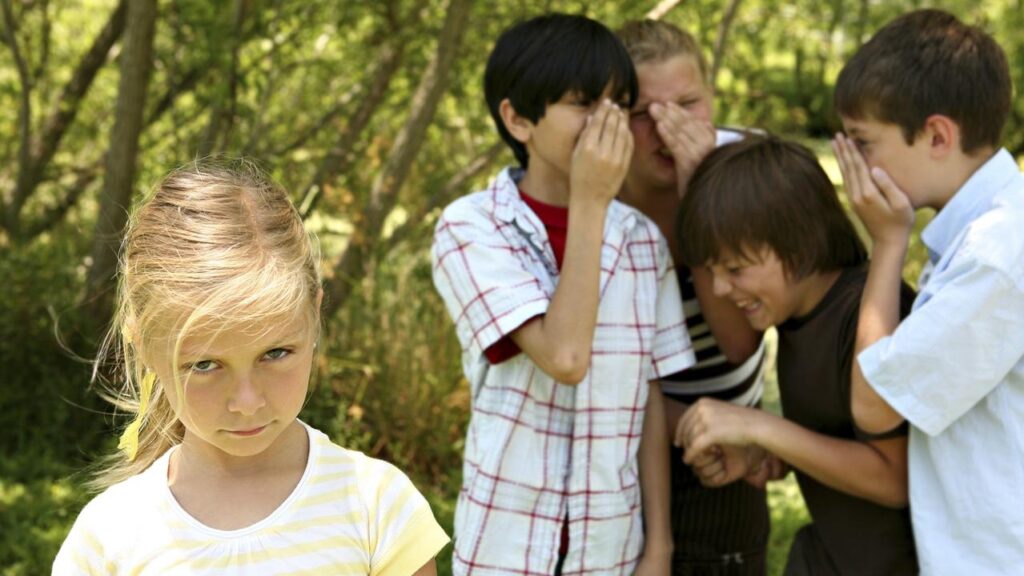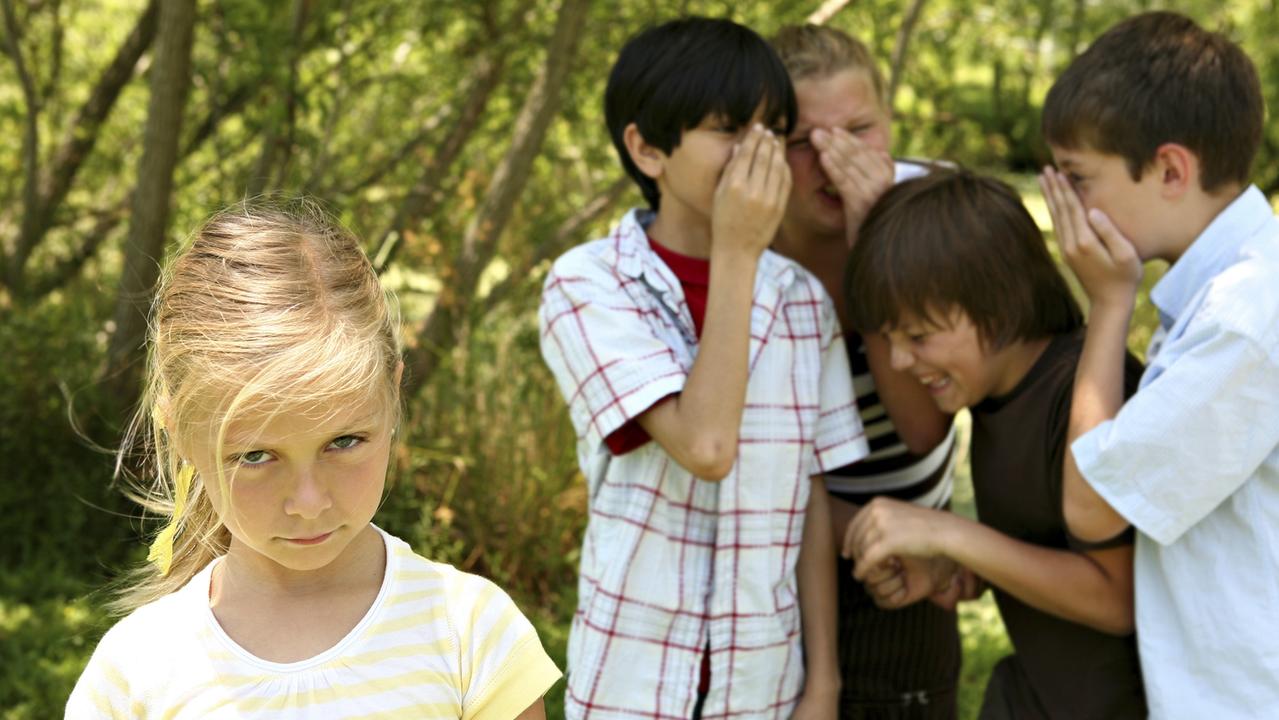
What To Do When Your Kid Is The Bully: A Parent’s Guide
Discovering that your child is engaging in bullying behavior can be a deeply unsettling experience for any parent. It’s a moment filled with confusion, disappointment, and the urgent need to understand what to do when your kid is the bully. While it’s natural to want to defend your child, addressing the issue head-on is crucial, not only for the well-being of the child being bullied but also for your own child’s development and future relationships. This guide provides a comprehensive approach to tackling this challenging situation with empathy, understanding, and actionable steps.
Understanding Bullying Behavior
Before reacting, it’s essential to understand what constitutes bullying. Bullying is defined as unwanted, aggressive behavior that involves a real or perceived power imbalance. The behavior is repeated, or has the potential to be repeated, over time. It can take many forms, including:
- Physical bullying: Hitting, kicking, pushing, or damaging property.
- Verbal bullying: Name-calling, insults, teasing, or threats.
- Social bullying: Spreading rumors, excluding someone from a group, or embarrassing someone in public.
- Cyberbullying: Using electronic devices to harass, threaten, or humiliate someone.
Recognizing these different forms is the first step in addressing what to do when your kid is the bully.
Why Children Bully
Understanding the underlying reasons behind your child’s behavior is crucial for effective intervention. Children bully for various reasons, and it’s rarely a simple case of being “bad.” Some common motivations include:
- Seeking attention: Bullying can be a way for children to gain attention, even if it’s negative.
- Lack of empathy: Some children may not understand the impact of their actions on others.
- Peer pressure: Children may bully to fit in with a group or to avoid being bullied themselves.
- Modeling behavior: Children may learn bullying behavior from observing it at home, at school, or in the media.
- Feeling insecure: Bullying can be a way for children to feel powerful and in control, especially if they are feeling insecure or vulnerable.
- Difficult home life: Stressful or unstable home environments can contribute to aggressive behavior.
Identifying the root cause will inform your approach to what to do when your kid is the bully and help you address the underlying issues.
Immediate Steps to Take
Once you’ve confirmed that your child is bullying, it’s important to take immediate action. Here’s a step-by-step guide on what to do when your kid is the bully:
Stay Calm and Listen
Your initial reaction is crucial. Avoid yelling or immediately punishing your child. Instead, stay calm and listen to their perspective. Ask them to explain what happened and why. This doesn’t mean condoning their behavior, but rather understanding their motivations.
Clearly Communicate That Bullying Is Unacceptable
Make it unequivocally clear that bullying is wrong and will not be tolerated. Explain the impact of their actions on the victim and emphasize the importance of empathy and respect. Frame it in terms of your family’s values and expectations.
Impose Consequences
Consequences are necessary to reinforce the seriousness of the situation. The consequences should be appropriate for the child’s age and the severity of the bullying. This could include:
- Loss of privileges (e.g., screen time, social activities).
- Writing an apology letter to the victim.
- Performing community service.
- Restitution for any damages caused.
Consistency is key. Ensure that the consequences are enforced and that your child understands why they are being punished.
Contact the School
If the bullying occurred at school, contact the school administration and teachers. Work collaboratively with them to address the issue and ensure that your child is held accountable for their actions. Ask about the school’s anti-bullying policies and procedures.
Monitor Online Activity
If cyberbullying is involved, closely monitor your child’s online activity. Review their social media accounts, text messages, and emails. Consider using parental control software to limit their access to certain websites or apps.
Long-Term Strategies for Addressing Bullying Behavior
Addressing bullying behavior requires more than just immediate consequences. It’s a long-term process that involves teaching empathy, building social skills, and addressing any underlying issues. Here are some strategies to consider when thinking about what to do when your kid is the bully over time:
Teach Empathy and Perspective-Taking
Help your child understand the impact of their actions on others. Encourage them to imagine how the victim feels and to consider things from their perspective. Use books, movies, and real-life examples to illustrate the importance of empathy.
Build Social Skills
Some children bully because they lack the social skills to interact with others in a positive way. Teach your child how to communicate effectively, resolve conflicts peacefully, and build healthy relationships. Role-playing can be a helpful tool.
Address Underlying Issues
If your child is bullying due to insecurity, anger, or other emotional issues, seek professional help. A therapist or counselor can help them develop coping mechanisms and address the root causes of their behavior. [See also: How to Find a Therapist for Your Child]
Model Positive Behavior
Children learn by observing the adults around them. Model positive behavior in your own interactions with others. Show respect, empathy, and kindness. Avoid using aggressive or bullying tactics in your own communication.
Encourage Positive Activities
Encourage your child to participate in positive activities that build their self-esteem and provide opportunities for positive social interaction. This could include sports, clubs, volunteering, or creative pursuits.
Regular Check-Ins
Have regular conversations with your child about their relationships and experiences. Ask them how they are treating others and how they are being treated. Create a safe space for them to share their feelings and concerns. This ongoing dialogue is crucial for preventing future bullying behavior. It’s a key component of what to do when your kid is the bully.
Seeking Professional Help
In some cases, professional help may be necessary to address bullying behavior. Consider seeking help from a therapist, counselor, or social worker if:
- The bullying is severe or persistent.
- Your child is exhibiting other behavioral problems.
- You are struggling to manage the situation on your own.
- There are underlying emotional or mental health issues.
A professional can provide guidance, support, and evidence-based interventions to help your child change their behavior and develop healthy relationships. [See also: The Importance of Mental Health for Children]
Preventing Future Bullying
Prevention is always better than cure. Here are some steps you can take to prevent your child from becoming a bully in the first place:
- Teach empathy and respect: From a young age, teach your child the importance of treating others with kindness and respect.
- Promote positive communication: Encourage your child to communicate their feelings and needs in a healthy and constructive way.
- Monitor media consumption: Be mindful of the messages your child is receiving from television, movies, and video games. Limit exposure to violence and aggression.
- Foster a supportive home environment: Create a home environment where your child feels loved, valued, and supported.
- Be involved in your child’s life: Stay informed about your child’s activities, friends, and online interactions.
The Role of Schools and Communities
Addressing bullying is not solely the responsibility of parents. Schools and communities also play a vital role in creating a safe and supportive environment for all children. Schools should have clear anti-bullying policies and procedures in place, and they should actively promote a culture of respect and inclusion. Communities can support anti-bullying efforts by providing resources, training, and awareness campaigns. [See also: Creating a Safe School Environment]
Conclusion
Discovering that your child is a bully is a difficult and painful experience. However, by taking proactive steps to address the behavior, you can help your child learn empathy, develop social skills, and build healthy relationships. Remember that what to do when your kid is the bully requires patience, understanding, and a commitment to long-term change. By working collaboratively with schools, communities, and professionals, you can create a safer and more supportive environment for all children. It’s important to remember that even though it’s a challenge, addressing the issue promptly and effectively is crucial for the well-being of everyone involved. Knowing what to do when your kid is the bully can transform a negative situation into an opportunity for growth and positive change.

